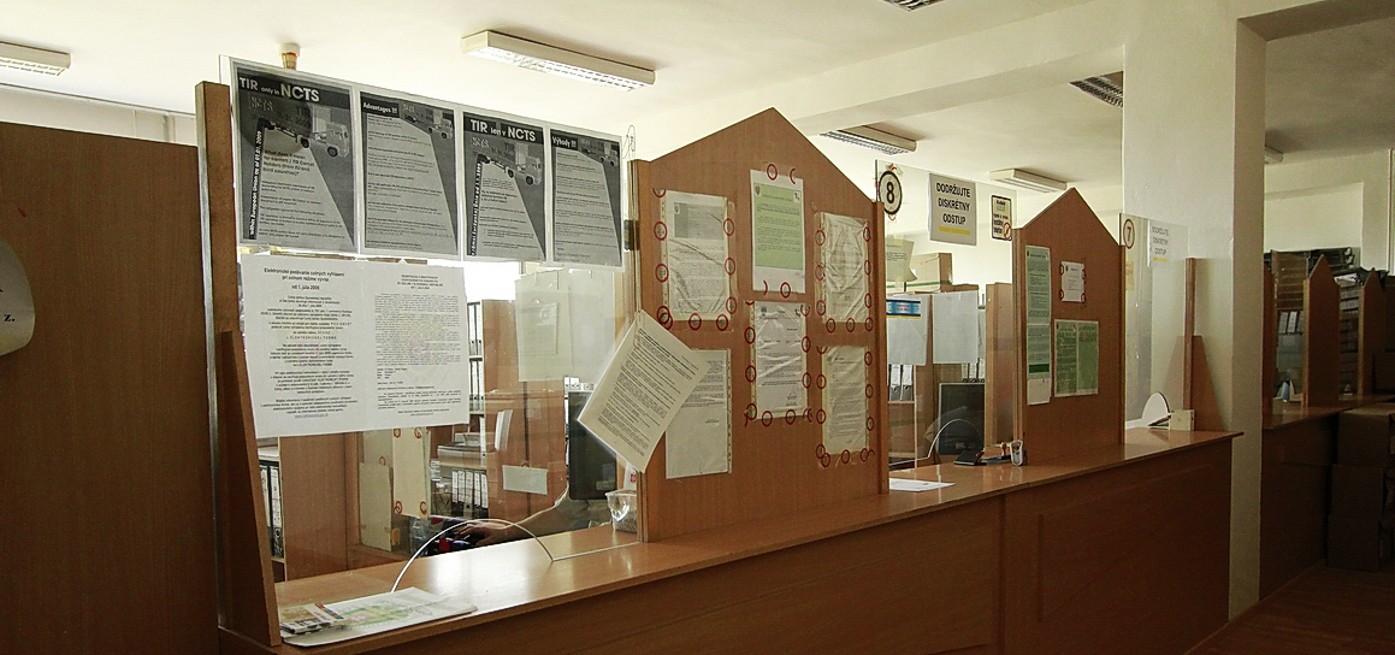
How to Block Drones with a Drone Jammer
In an age where the sky is dotted with drones, the importance of drone jammers has never been more significant. From commercial deliveries to personal

In the past 15 years, examination room Cell Phone Jammers have been widely used in schools during exams. With the advancement of mobile technology from 2G to the current 5G era, these jammers have also undergone iterative upgrades. In addition to the increasing compatibility with different mobile standards, schools have gradually started advocating for intelligent networking capabilities in their mobile signal jamming systems. This raises the question: are network-based examination room Cell Phone Jammers becoming mainstream?
Indeed, the situation is such that many schools, except those with extremely low budgets, have begun to demand the integration of their mobile signal jamming systems into the campus network’s unified management platform. They require intelligent remote control and management of the examination room Cell Phone Jammers, as well as real-time monitoring and fault feedback for each jamming terminal. This trend is driven by the completion of digital campus platforms in many schools and the establishment of a well-developed internal campus network infrastructure, which extends to every building and even every classroom.
The availability of a robust campus network infrastructure provides an excellent platform for the intelligent networking of examination room Cell Phone Jammers. As long as the jamming devices have network interfaces and data interaction capabilities, it becomes a straightforward task to build a highly functional mobile signal jamming system. By utilizing the existing school network, there is no need for additional network construction and deployment, resulting in cost savings.
Traditionally, examination room Cell Phone Jammers were standalone devices. However, the addition of network communication modules to these devices has slightly increased their cost. Nevertheless, once the network-based mobile signal jamming system is centrally managed through the network, it greatly facilitates the overall system control for administrators. Furthermore, real-time data feedback on the maintenance and operational status of the jamming devices significantly reduces manpower costs. Considering these advantages, the procurement of network-based examination room Cell Phone Jammers proves to be cost-effective, making them increasingly popular in the market.
The demand for network-based examination room Cell Phone Jammers in schools has surged in recent years. With the integration of these jammers into the campus network’s management platform, schools can achieve intelligent remote control and monitoring, leading to enhanced efficiency and reduced manpower costs. Leveraging the existing network infrastructure further contributes to cost savings. As a result, network-based examination room Cell Phone Jammers have become the mainstream choice for many schools, marking a significant shift in the industry.
Our frequency checker tool will help you check all frequency bands used in all country.

In an age where the sky is dotted with drones, the importance of drone jammers has never been more significant. From commercial deliveries to personal

Protect your vehicle’s location privacy with a professional guide on GPS jammers. From selection to legal considerations and installation tips, we’ve got you covered. Key

Here’s a step by step guide on how to build your own GPS jammer. Below are the main steps we are going to introduce in

Understanding Signal Blocker: How It Works and Its Applications Signal Blockers are devices that can disrupt mobile phone signals, preventing them from connecting to base

The Application and Benefits of High-Power Signal Jammers Enhancing Signal Blocking Efficiency in Various Environments In today’s technologically advanced world, the need for effective signal

Considerations for Purchasing Exam Room Signal Jammers Ensuring Effective Signal Jamming for Exam Integrity As the year approaches its end, many schools are preparing for

The Importance of Monitoring and Signal Interference Measures During Examinations During examination periods, it is crucial to closely monitor the examination venues and their surrounding

Selecting the Appropriate Cell Phone Jammer for Theaters and Auditoriums Overcoming Challenges in Installation and Maximizing Signal Disruption The Importance of Cell Phone Jamming in

Remote Control of Cell Phone Jammers via Smartphone: A Possibility? With the rapid development of the Internet of Things (IoT), numerous smart home devices have

Supplying high quality signal jamming devices since 2010. The only jammer store you can trust.
Jammer Master © 2024. Premium Signal Jammer Supplier Since 2010.